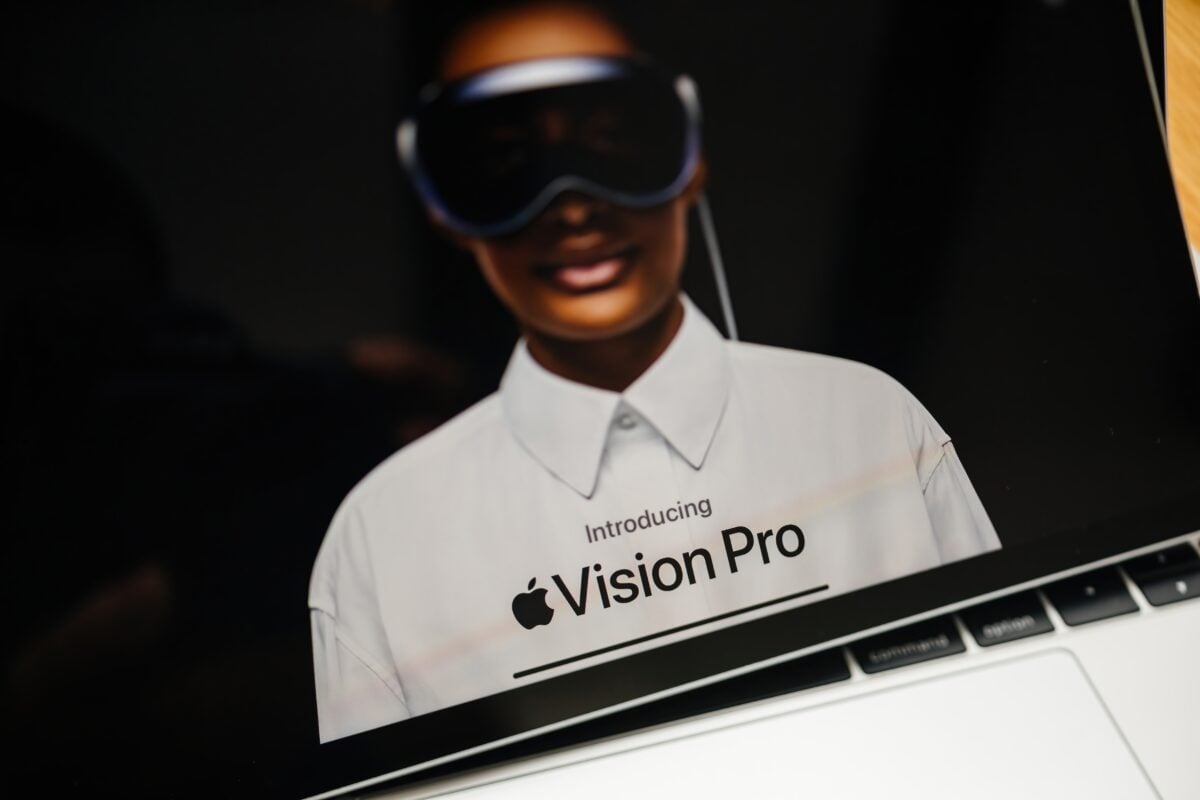TLDRs;
Contents
- Apple is developing a lighter, more affordable Vision Air headset for release in 2027.
- Smart glasses with voice control, gesture recognition, and AI features are also planned for 2027.
- Analysts expect Apple’s smart glasses to sell millions in their first year, challenging Meta’s dominance.
- Seven XR devices are reportedly in development, including display-equipped glasses set for 2028.
Apple appears to be gearing up for a major resurgence in the extended reality (XR) market, with new reports suggesting that the tech giant plans to introduce a full lineup of next-generation wearables by 2027.
Spearheaded by the rumored Vision Air headset and a pair of advanced smart glasses, this new push signals Apple’s continued commitment to redefining the future of mixed reality despite the lukewarm reception of its first-generation Vision Pro.
Vision Air to Bring Lightweight Design and Lower Price
According to supply chain analyst Ming-Chi Kuo, Apple is developing as many as seven new XR devices, including three headsets and multiple variants of smart glasses.
The highlight of this roadmap is the Vision Air, a lighter and more affordable follow-up to the $3,499 Vision Pro. Expected to arrive in the third quarter of 2027, the Vision Air will reportedly be 40 percent lighter and powered by an iPhone-grade processor. This design shift could significantly widen its appeal by reducing the weight and cost barriers that limited adoption of the first Vision Pro.
On the smart glasses front, Apple is reportedly working on a pair of audio and video-enabled spectacles set to debut in the second quarter of 2027. Unlike traditional AR devices, these glasses won’t include a display but will support voice control, gesture recognition, video recording, and AI-driven environmental sensing. Essentially, they’re expected to compete directly with Meta’s Ray-Ban smart glasses but with Apple’s signature design polish and deeper ecosystem integration.
Apple Bets on Ecosystem Advantage Over Early Arrivals
Industry analysts believe these smart glasses could ship between three to five million units in their first year alone, potentially transforming the market for lightweight AR devices and pushing global annual sales of such wearables past the 10 million mark.
Apple’s bet is that even though it’s entering the space after Meta and others, its advantage in hardware design and seamless ecosystem may give it the edge to dominate over time.
Further into the timeline, Apple could introduce a second-generation Vision Pro in 2028. That device is rumored to feature a Mac-grade chip, an even slimmer profile, and a lower price point. Also in 2028, Apple may debut smart glasses with built-in displays, effectively combining the lightweight form of Ray-Ban-style wearables with immersive XR capabilities.
Apple’s XR dream faces Hurdles
However, not all of Apple’s XR concepts are moving forward smoothly. A tethered display accessory, which would connect to an iPhone or Mac to stream content, has been shelved for now due to its limited competitive advantage. According to Kuo, Apple halted development in late 2024 and is currently reevaluating the device’s role within its broader strategy.
While the current XR landscape is led by Meta’s lighter, more affordable devices, Apple seems poised to take a long-term view, focusing on refining its hardware and leveraging its software ecosystem. If the Vision Air and upcoming smart glasses meet expectations, Apple could shift the momentum in its favor just as the market hits critical mass.


